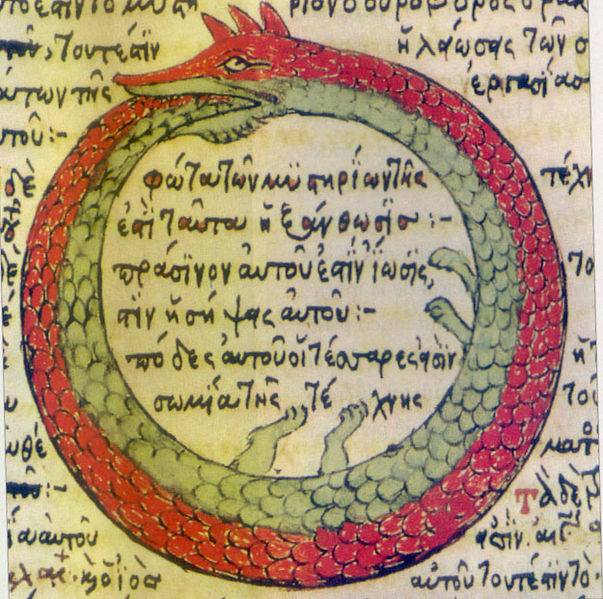 |
| Jean Luc Godard in Les plages d'Agnes- as seen through Agnes Varda's eyes, by me |
"I loved his beautiful eyes and his cinema".
This image is a special moment for me as I look at a pair of eyes that I have only mostly seen through or shared a vision with. Being confronted with the eyes of the seeker whose vision you have comfortably shared, through his camera is almost like coming face to face with an alter-reflection , a moment of suspense undone in a film noir.
Godard in this image may as well not be looking, or looking at someplace else, beyond and far behind me. The distant gaze is both projected outside of him and back into his sight . Its like a mirror that reflects the distance it sees. The dark pupils are opaque and yet piercing, infinite and zero at the same time. Staring into the zero or 'shunya' (more complex Sanskrit translation for the 'nought') is at the same time gazing into the infinite, constantly battling the limits of a horizon and wanting to see more.
 |
| L'inconnue de la Seine ( 1880's) |
The Unknown woman of the Seine , L'inconnue de la Seine , whose death mask became an inspiration for many literary works and speculations is also an image of a woman who could be seeing into the distance, despite her death; a state of forced blindness despite sight where the slightly bulging pupils behind the eyelids perhaps are an indication of the eyes open even when they are closed.
मरने के बाद भी आँखें खुली रहीं , आदत जो पड़ गयी थीं तेरे इंतज़ार की
Faiz Ahmed Faiz
French writer, literary theorist Maurice Blanchot in his Thomas the Obscure, 1941, speaks fantastically of this dichotomous sight
"It was night itself. Images which constituted its darkness inundated him. He saw nothing, and far from being distressed, he made this absence of vision the culmination of his sight. Useless for seeing, his eye tool on extraordinary proportions, developed beyond measure, and stretching out on the horizon, let the night penetrate its centre in order to receive the day from it. And so, through this void, it was sight and the object of sight which mingled together. Not only did this eye which saw nothing apprehend something, it apprehended the cause of its vision. It saw as object that which prevented it from seeing. Its own glance entered into it as an image, just when this glance seemed the death of all image."
The blinding turmoil of the eye seeing into absolute darkness is an exhilarating moment- one of hitting the opaque surface beyond comfortable reach; of encountering a resistant world of images refusing to reveal itself as anything else but itself. The pendulum keeps oscillating.
#interesting read - Merleau Ponty on The Primacy of Perception




